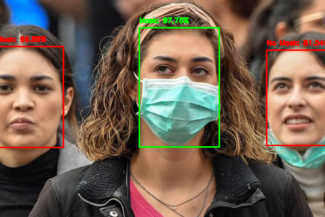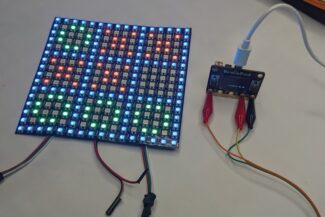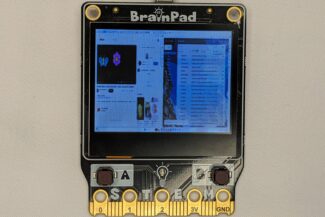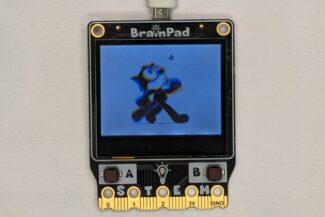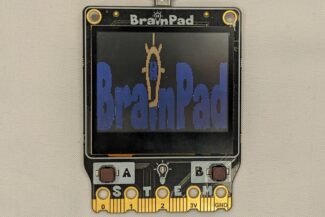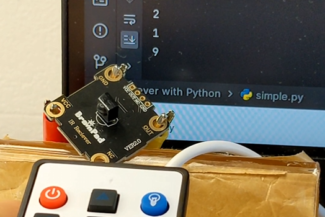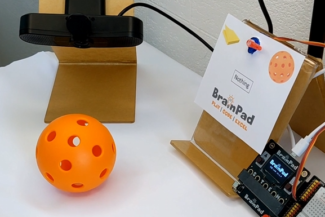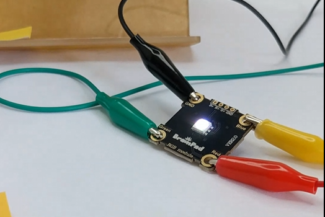Flow Control
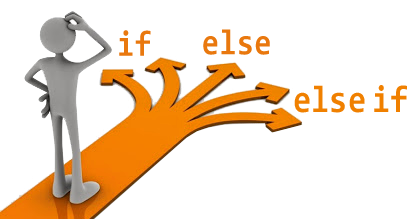
How do programs flow, and how do we control that flow?
Prerequisite
This page assumes you have completed the variables lesson.
Intro
With the basic flow control mechanisms introduced here, we can decide which path our program will take. Computers aren’t very smart and everything needs to be laid out, including the flow of our program. Can you imagine how complex a flow control could get when you have to think and program for every possible scenario?
If statement
The if statement should be easy to understand. It checks if a condition is true to run a piece of code. For example, we want to print “Too hot” if the temperature (t) is more than 40 degrees Celsius.
t = 99
if t > 40
Print("Too Hot")
EndChange t to 30 and try the code again.
else statement
The else statement works hand in hand with the if statement. It is there to indicate the opposite of the if statement.
t = 30
if t > 40
Print("Too Hot")
Else
Print("Perfect temp!")
EndWhat if we need to check if the temperature is too hot or too cold? It is possible to have an if statement inside another if statement. This is okay when using large programming languages, like Python or C#. However, we recommend only using it in DUE Script when necessary.
t = 30
If t > 40
Print("Too Hot")
Else
If t < 10
Print("Too Cold")
Else
Print("Just Perfect")
End
EndHere is the code that is doing the same but without using any nested if statements. You will learn about && in other lessons.
t = 30
If t > 40
Print("Too Hot")
End
If t < 10
Print("Too Cold")
End
If (t >= 10) && (t <= 40)
Print("Just Perfect")
EndWhat’s Next?
You are nearly done with the basics of the language, but we still need to learn about operators.
BrainStorm
Is there any difference between how humans and computers when it comes to “if”? Computers are very “black and white” with no grey in between. If we program a robot car to cross the intersecting when the traffic light is green, the robot car will do just that without taking in any other variables. Would you cross if there is a person/car in front of you? To us, this is automatic as our brains make millions of decisions around the clock. Teaching a machine to mimic what we do and factor it all in requires very sophisticated software. This is called artificial intelligence. And even then, how do you teach a machine to have feelings?

